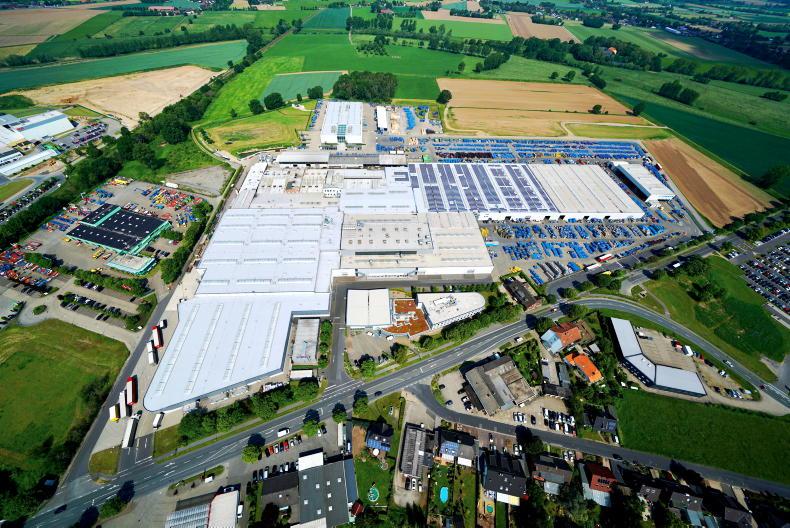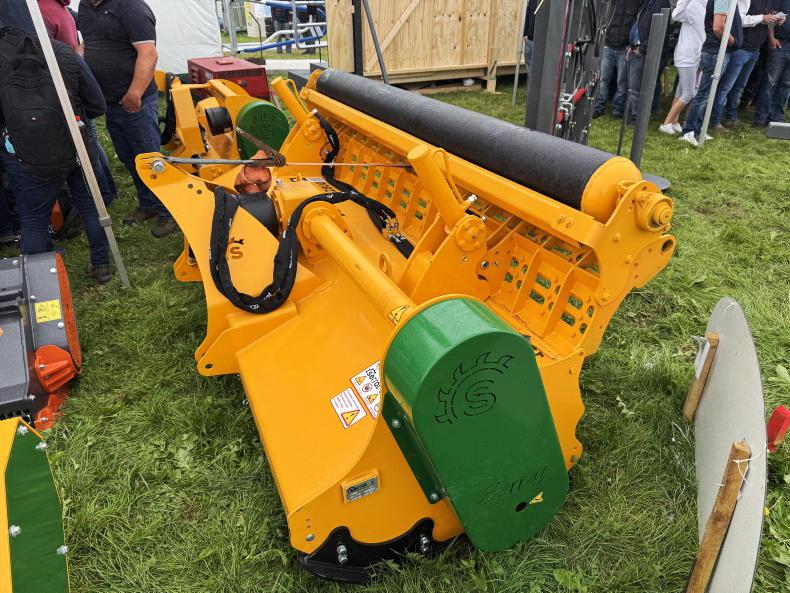Normally, as we come into May, a shortage of fit cattle becomes apparent. This year is different. This is the first time in many years that I am booking cattle in a week or even more in advance. For the moment we have to deal as best we can with an unusual spring market and a weather-induced distortion in supplies. We still have silage over to feed the numbers that are in.
Grazing
All the stores are out day and night and are cleaning out the paddocks well, and while there was some superficial damage over the weekend, regrowths seem fine.
Everywhere we had intended is closed up for first cut. There are some areas with more docks than I would like, which we will tackle after we cut. We are also putting in place plans to do some reseeding using red clover.
On the tillage side, the few consecutive days of fine weather let us catch up fully with the spraying and sowing the beans. The robust direct drill worked extremely well to all appearances.
In many ways it was the same as sowing through a cover crop. We used a slightly higher seeding rate than normal and sprayed it off.
This is the first time we have used this method of establishment, driven mainly by the weather-caused delays. It will – to put it mildly – be interesting to see how it works out.
For the spraying of the sown beans, rather than using our own 18 metre sprayer, our contractor used his own 24 metre GPS-equipped trailed machine. With no emerged crop and no tramlines, the priority was to achieve an even application.
The difference in the time taken if we had used our own sprayer with the smaller boom width and the need to tank mix and refill with water in comparison with his output was striking. He took, I reckon, about one-third of the time we would have taken to do the same job. The drive to increase productivity is relentless. Another result of the cold, wet spring has been the delay in activity of the bees that we have in hives around the place.










SHARING OPTIONS